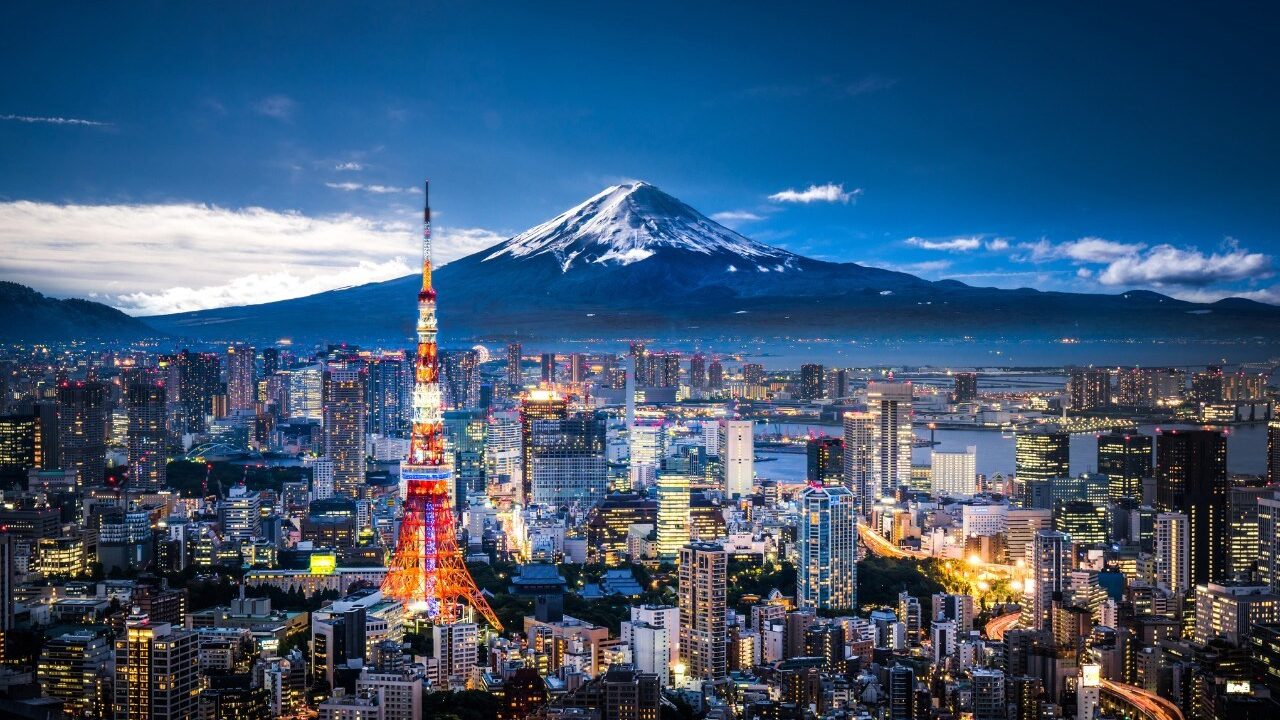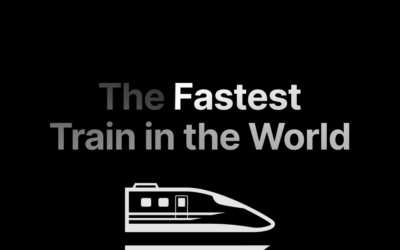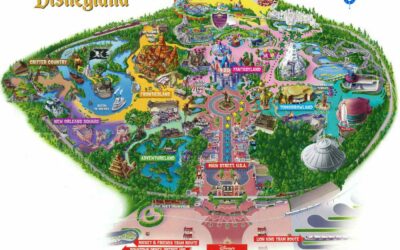Lessons From Living in Modern Japanese Society
Tokyo, Japan — At this moment in the 21st century, Tokyo is the model metropolitan of the world. This place was forged in the ring of fire where 10% of the world’s active volcanos can be found and where earthquakes are not uncommon. This city has had to rebuild itself time and time again. In contrast to the West, where infrastructure is often neglected, it’s a major investment here. State of the art transportation, earthquake proof buildings, and flood prevention are commonplace. Everything and everyone ticks like the second-hand on a clock.
Urban Utopia
If there is anything the rest of the world needs to learn from Japan, it’s how to plan urban living spaces. Tokyo is a densely inhabited urban sprawl that in itself can be likened to the area of Southern California. It is broken up into 23 wards which are more like cities that were arbitrarily outlined on a map but with no clear beginning or end in reality.
The Japanese prefer nature with order and beauty and that is how they planned this city.
When zoomed in further, things begin to make more sense, each ward consists of perfectly spaced out train stations like stars on a dark sky. The myriad of train lines connecting them together like constellations. Each of those stations are their own beacons of vibrant life and completely self-sufficient with their own department stores, restaurants, entertainment, and parks. Green areas are another highlight to point out as parks are the only thing that litter Tokyo. The Japanese prefer nature with order and beauty and that is how they planned this city. I’m in constant awe at the detail and organization of Tokyo. From the streets, sidewalks and buildings, to the food and the museums, to the waste management, and even social language, the list goes on.
Culture at Odds-end
While Japan is a standard for city planning, it is facing immediate problems that we have yet to experience in the West. Most of Japan’s problems are in fact culturally driven. This duality exists in a place that is as efficient as the train lines running on-time to the second, convenient as the omnipresent convenience store, beautiful as the parks and shrines. All of the problems appear to surely be solved right?
Well, there is one that remains — solitude. Japan is a country that is struggling with loneliness and isolation at the societal level. There are 18 million adults who live alone. This along with other things are contributing to the growing aging population and forthcoming population decline.
There are 18 million adults who live alone.
In Japanese society, your self-worth is often tied to your place in society. It’s a culture that values work over family. A salaryman (or woman) passed out on the train or street because they were too tired to make it home is a common scene. You must fit into a typical role as a student, trainee, employee, or housewife. If you don’t fit into any of those, you are an outcast. There are terms for the results of this issue has caused such as hikikomori and kodokushi. Hikikomori are people who have shut themselves off from society. Kodokushi are people who have died alone and sometimes not found until weeks or months after. Along with these are also mental health issues.
Loneliness in the City
After living here for a couple months, I can see the road to loneliness and depression. It’s common to see people alone. The limited social interactions I encounter are met with by the book, pre-determined canned-responses. In Japanese language it’s easier and more efficient to say the same thing for every situation even if you begin to sound like a robot. Oftentimes locals will not even make eye-contact neither with the store clerk or on the train with each other. Everyone is behind their own mental wall. Even various restaurants only offer bar or single seating.
Even various restaurants only offer bar or single seating.
In a city so densely populated, it sort of makes sense for people to ignore each other on purpose. But this leads to no spontaneity in daily life, only planned expectations. That is another reason for decline in births, dating is too full of risk and unknowns in a society where everything is expected to just work.
Harmony Over Individuality
The key difference between Japanese and western culture is that here, you sacrifice yourself for the betterment of the whole, forget individuality. This works well when you’re working on a large scale construction project, not so much when addressing mental health. There are even hidden rules of Japanese society. These can come in the harmless form of no eating while walking, to the kind that determines the type of haircut and clothes that are deemed appropriate.
Being different is shunned instead of embraced.
Wa is a Japanese cultural concept that is translated into harmony. People are expected to be considerate to each other, almost to a level of insanity. This promotes a culture where rules run supreme as well as uniformity and conformity. If you break the rules, then you are shamed with strange looks that appear more like passive-aggressiveness. Overtime, this makes you want to conform and follow the rules. The only thing that suffers is individuality and self-expression. Being different is shunned instead of embraced.
First, But Not Last
Every place has its problems, Japan is no different. With its unique and rich culture meeting the ultramodern cities like Tokyo, there are indeed underlying issues broiling. When it’s all said and done, these are similar issues we will face in every first world country. We’re only seeing them first time here. It’s playing out as part of the natural cycle that a developed industrialized nation goes through. First is meeting all of its citizens basic needs, then follow psychological needs. How Japan will solve these issues will be seen in time and it will be fascinating to watch.





